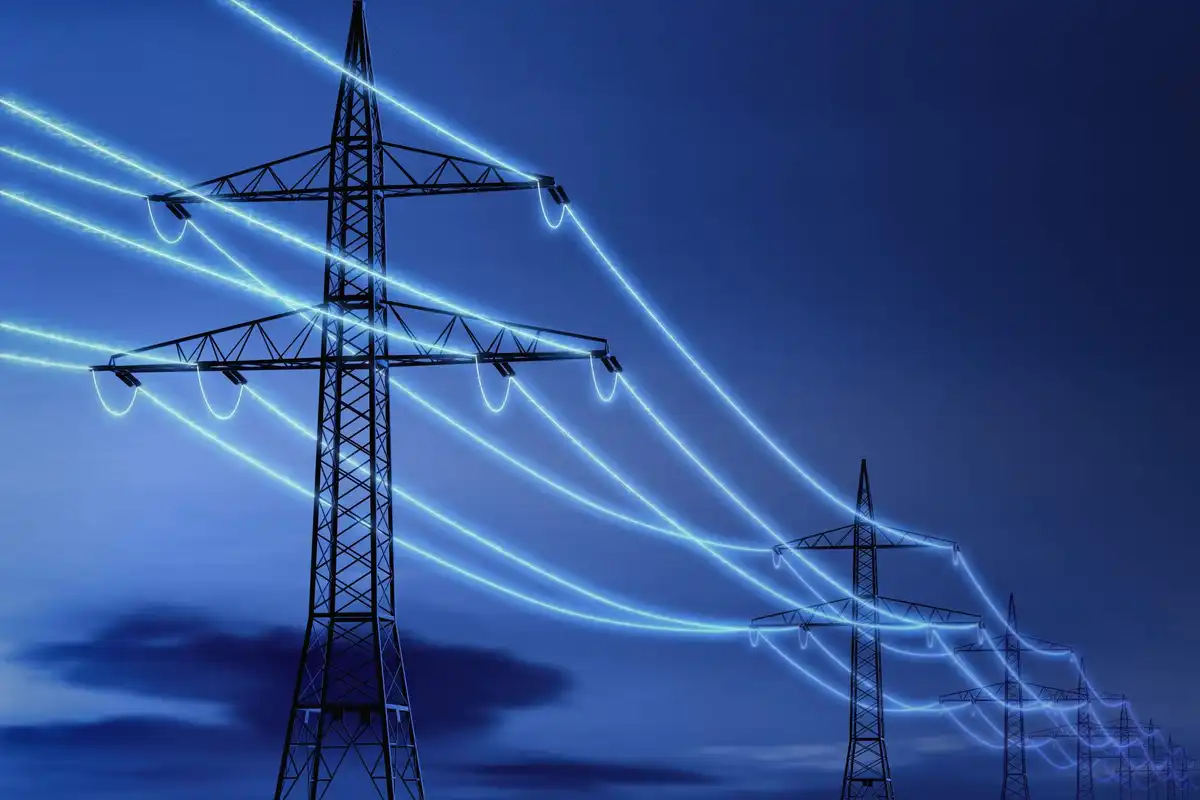Here's how Houston's energy and innovation sectors fared in the 2025 Texas legislative session
bills, bills, bills
The Greater Houston Partnership is touting a number of victories during the recently concluded Texas legislative session that will or could benefit the Houston area. They range from millions of dollars for energy projects to billions of dollars for dementia research.
“These wins were only possible through deep collaboration, among our coalition partners, elected officials, business and community leaders, and the engaged members of the Partnership,” according to a partnership blog post. “Together, we’ve demonstrated how a united voice for Houston helps drive results that benefit all Texans.”
In terms of business innovation, legislators carved out $715 million for nuclear, semiconductor, and other economic development projects, and a potential $1 billion pool of tax incentives through 2029 to support research-and-development projects. The partnership said these investments “position Houston and Texas for long-term growth.”
"Nuclear power renaissance"
House Bill 14 (HB 14), for instance, aims to lead a “nuclear power renaissance in the United States,” according to Texas Gov. Greg Abbott’s office. HB 14 establishes the Texas Advanced Nuclear Energy Office, and allocates $350 million for nuclear development and deployment. Two nuclear power plants currently operate in Texas, generating 10 percent of the energy that feeds the Electric Reliability Council Texas (ERCOT) power grid.
“This initiative will also strengthen Texas’ nuclear manufacturing capacity, rebuild a domestic fuel cycle supply chain, and train the future nuclear workforce,” Abbott said in a news release earlier this year.
One of the beneficiaries of Texas’ nuclear push could be Washington, D.C.-based Last Energy, which plans to build 30 micro-nuclear reactors near Abilene to serve power-gobbling data centers across the state. Houston-based Pelican Energy Partners also might be able to take advantage of the legislation after raising a $450 million fund to invest in companies that supply nuclear energy services and equipment.
Reed Clay, president of the Texas Nuclear Alliance, called this legislation “the most important nuclear development program of any state.”
“It is a giant leap forward for Texas and the United States, whose nuclear program was all but dead for decades,” said Clay. “With the passage of HB 14 and associated legislation, Texas is now positioned to lead a nuclear renaissance that is rightly seen as imperative for the energy security and national security of the United States.”
Infrastructure
In the infrastructure arena, state lawmakers:
- Approved $265 million for Houston-area water and flood mitigation projects, including $100 million for the Lynchburg Pump Station.
- Created the Lake Houston Dredging and Maintenance District.
- Established a fund for the Gulf Coast Protection District to supply $550 million for projects to make the coastline and ship channel more resilient.
Dementia institute
One of the biggest legislative wins cited by the Greater Houston Partnership was passage of legislation sponsored by Sen. Joan Huffman, a Houston Republican, to provide $3 billion in funding over 10 years for the Dementia Prevention and Research Institute of Texas. Voters will be asked in November to vote on a ballot initiative that would set aside $3 billion for the new institute.
The dementia institute would be structured much like the Cancer Prevention and Research Institute of Texas (CPRIT), a state agency that provides funding for cancer research in the Lone Star State. Since its founding in 2008, CPRIT has awarded nearly $3.9 billion in research grants.
“By establishing the Dementia Prevention and Research Institute of Texas, we are positioning our state to lead the charge against one of the most devastating health challenges of our time,” Huffman said. “With $3 billion in funding over the next decade, we will drive critical research, develop new strategies for prevention and treatment, and support our healthcare community. Now, it’s up to voters to ensure this initiative moves forward.”
More than 500,000 Texans suffer from some form of dementia, including Alzheimer’s disease, according to Lt. Gov. Dan Patrick.
“With a steadfast commitment, Texas has the potential to become a world leader in combating [dementia] through the search for effective treatments and, ultimately, a cure,” Patrick said.
Funding for education
In the K-12 sector, lawmakers earmarked an extra $195 million for Houston ISD, $126.7 million for Cypress-Fairbanks ISD, $103.1 million for Katy ISD, $80.6 million for Fort Bend ISD, and $61 million for Aldine ISD, the partnership said.
In higher education, legislators allocated:
- $1.17 billion for the University of Houston College of Medicine, University of Texas Health Science Center at Houston, UT MD Anderson Cancer Center, and Baylor College of Medicine.
- $922 million for the University of Houston System.
- $167 million for Texas Southern University.
- $10 million for the Center for Biotechnology at San Jacinto College.
- Dow aims to power Texas manufacturing complex with next-gen nuclear reactors ›
- Energy co. to build 30 micro-nuclear reactors in Texas to meet rising demand ›
- Guest column: How growing energy demand will impact the Texas grid ›
- Is the Texas power grid prepared for summer 2025 heat? ›
- Jarred Shaffer named director of new Texas Advanced Nuclear Energy Office - Energy Capital ›








 Air Liquide and Hyundai agreed to expand hydrogen refuelling networks, storage capacity and more at a meeting in Seoul last week. Photo courtesy Air Liquide.
Air Liquide and Hyundai agreed to expand hydrogen refuelling networks, storage capacity and more at a meeting in Seoul last week. Photo courtesy Air Liquide.
